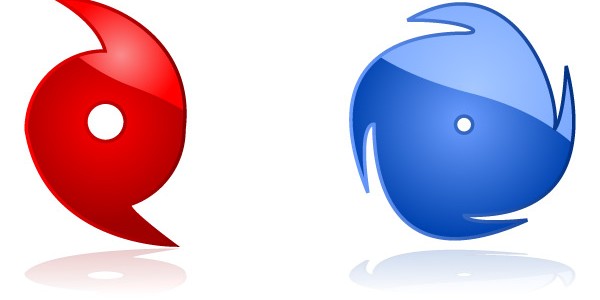According to the Atlantic Oceanographic and Meteorological Laboratory, a “hurricane” and a “typhoon” are simply different names for a “tropical cyclone.” As a general rule, these cyclones are given the name “hurricane” in the Western hemisphere (the North Atlantic Ocean, the Northeast Pacific Ocean east of the dateline, or the South Pacific Ocean east of 160E), and the term “typhoon” is applied in the Eastern hemisphere (the Northwest Pacific Ocean west of the dateline).
That said, there are even further distinctions throughout the world. The term “severe tropical cyclone” is given in the Southwest Pacific Ocean west of 160E or Southeast Indian Ocean east of 90E. The term “severe cyclonic storm” is given in the North Indian Ocean. And the term “tropical cyclone” is given in the Southwest Indian Ocean.
When the maximum sustained surface winds of a tropical cyclone is less than 39 miles per hour (34 kt, 17 m/s), it is referred to as a “tropical depression.” In the area between this 39 mph (34 kt, 17 m/s) mark and 74 mph (64 kt, 33 m/s), it is known as a “tropical storm.” And then, of course, as it reaches the 74 mph mark (64 kt, 33 m/s), it becomes classified as a hurricane, typhoon, or one of the other names mentioned above.



